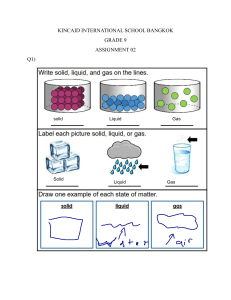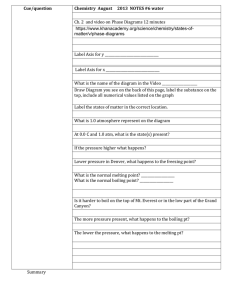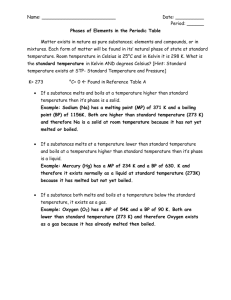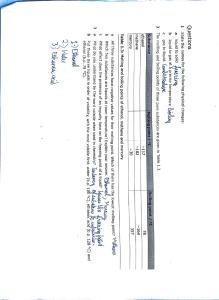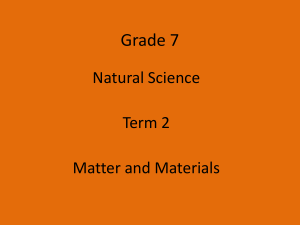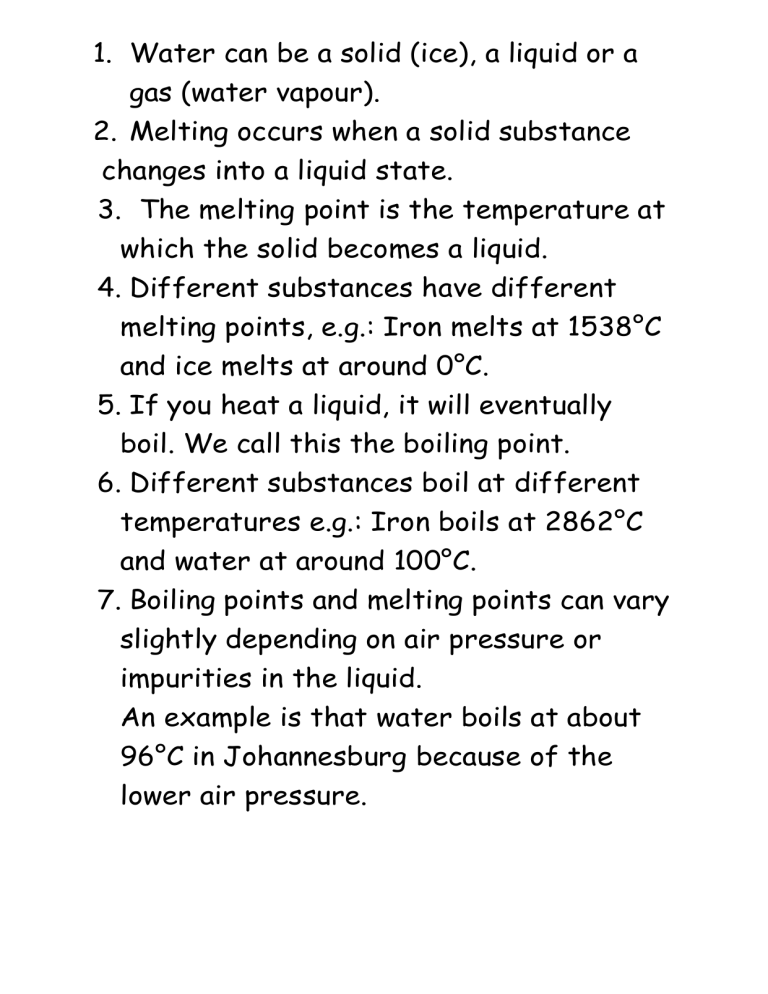
1. Water can be a solid (ice), a liquid or a gas (water vapour). 2. Melting occurs when a solid substance changes into a liquid state. 3. The melting point is the temperature at which the solid becomes a liquid. 4. Different substances have different melting points, e.g.: Iron melts at 1538°C and ice melts at around 0°C. 5. If you heat a liquid, it will eventually boil. We call this the boiling point. 6. Different substances boil at different temperatures e.g.: Iron boils at 2862°C and water at around 100°C. 7. Boiling points and melting points can vary slightly depending on air pressure or impurities in the liquid. An example is that water boils at about 96°C in Johannesburg because of the lower air pressure.

